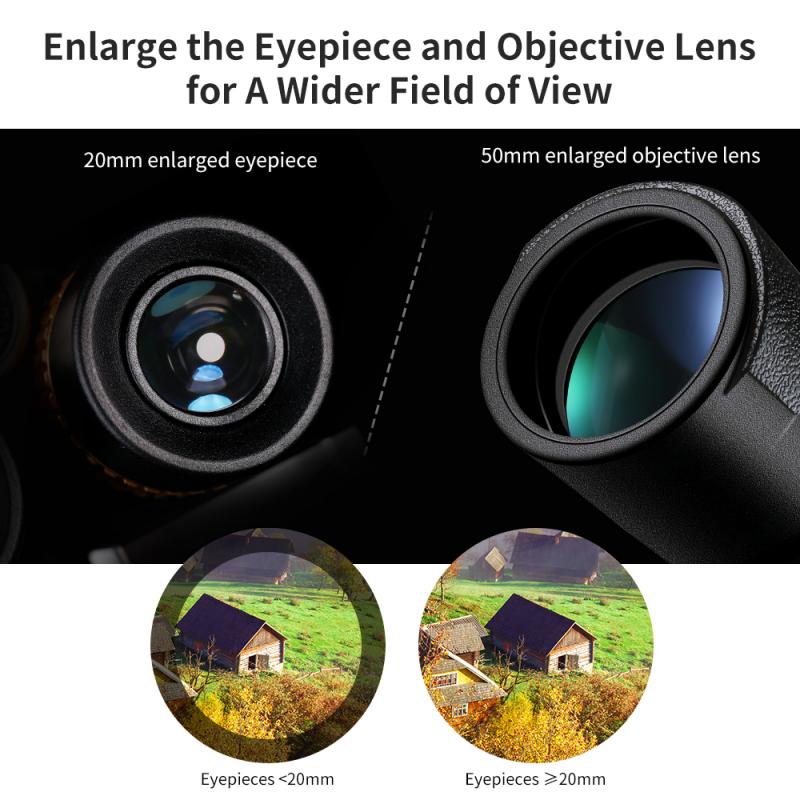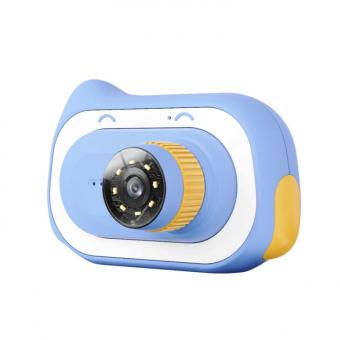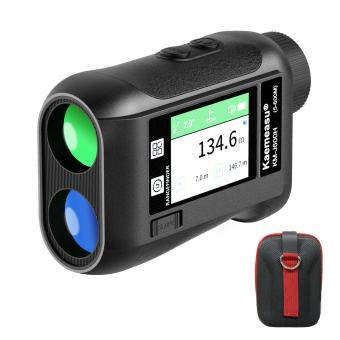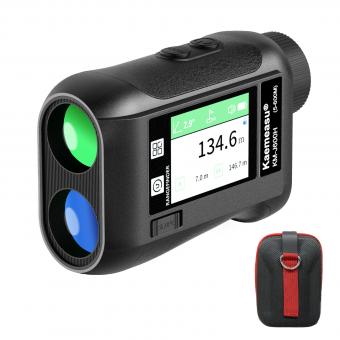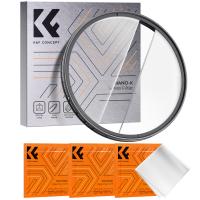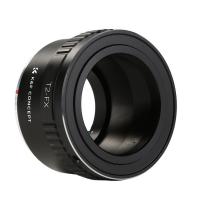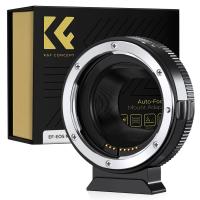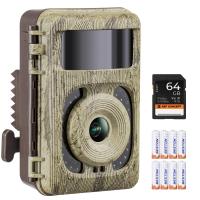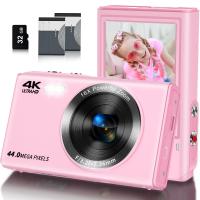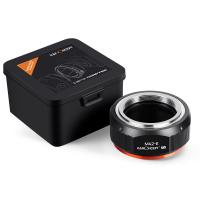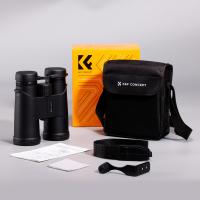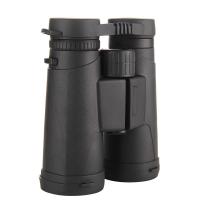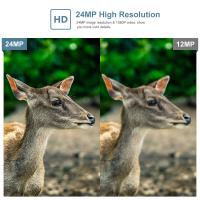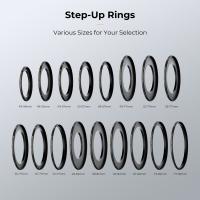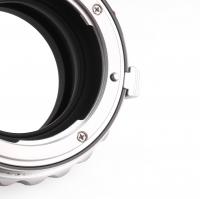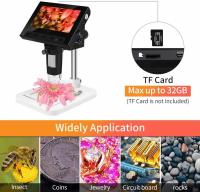What Magnification Is Best For Binoculars ?
The best magnification for binoculars depends on the intended use and personal preference. Generally, magnifications between 7x and 10x are popular for general-purpose binoculars as they provide a good balance between magnification and stability. Higher magnifications, such as 12x or 15x, can offer more detailed views but may be harder to stabilize without the use of a tripod. Lower magnifications, like 6x or 8x, provide wider fields of view and are often preferred for activities like birdwatching or sports events where tracking moving objects is important. Ultimately, the best magnification for binoculars is subjective and should be chosen based on the specific needs and preferences of the user.
1、 Optical Magnification: Factors to Consider for Binoculars
When it comes to choosing the best magnification for binoculars, there are several factors to consider. The optical magnification refers to the degree to which the image is enlarged when viewed through the binoculars. While higher magnification may seem desirable, it is not always the best choice for every situation.
One important factor to consider is the intended use of the binoculars. If you plan to use them for birdwatching or other outdoor activities where you need to quickly locate and track objects, a lower magnification, such as 8x or 10x, may be more suitable. Higher magnification binoculars, such as 12x or 15x, can make it more difficult to locate and follow fast-moving objects.
Another factor to consider is the stability of your hands. Higher magnification binoculars can be more challenging to hold steady, resulting in a shaky image. If you have unsteady hands or plan to use the binoculars without a tripod, it may be best to opt for lower magnification.
Additionally, the field of view is an important consideration. Higher magnification binoculars typically have a narrower field of view, making it more difficult to scan large areas. Lower magnification binoculars provide a wider field of view, allowing you to see more of the surrounding area.
It is also worth noting that advancements in technology have allowed for improved image stabilization in higher magnification binoculars. This can help reduce the shakiness often associated with higher magnification, making them more viable options for certain applications.
In conclusion, the best magnification for binoculars depends on your specific needs and preferences. It is important to consider factors such as intended use, stability, and field of view when making a decision. Ultimately, finding the right balance between magnification and other factors will ensure an optimal viewing experience.
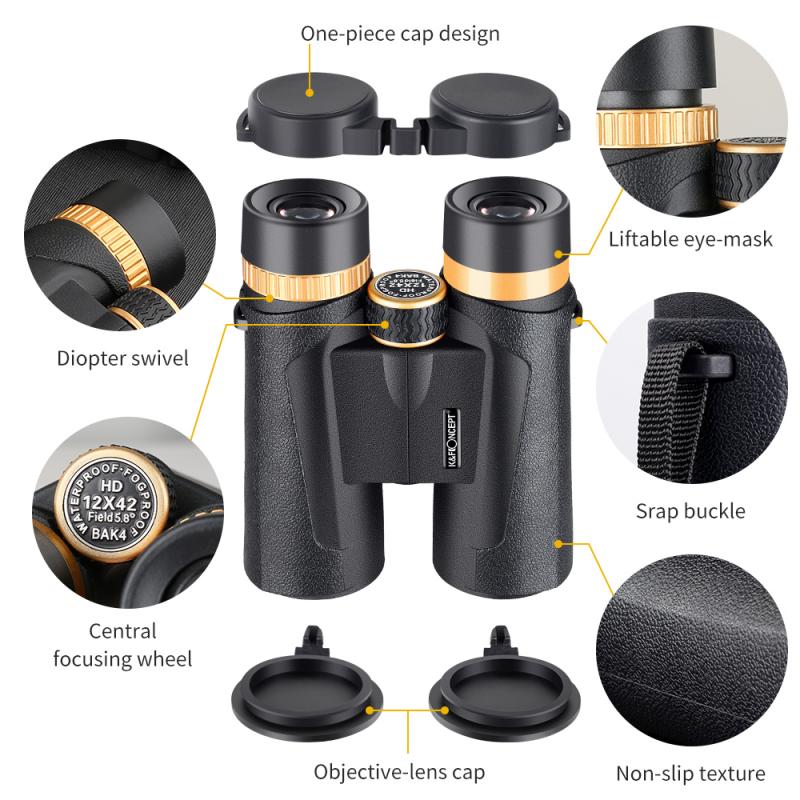
2、 Recommended Magnification Range for Binoculars
The recommended magnification range for binoculars depends on the intended use and personal preferences of the user. Generally, a magnification range of 8x to 10x is considered to be the most versatile and widely used for various activities such as birdwatching, wildlife observation, and general outdoor use.
Binoculars with a magnification of 8x provide a wider field of view, making it easier to locate and track moving objects. They also tend to be more stable and less prone to image shake, which is particularly important when observing from a distance or in low light conditions. On the other hand, binoculars with a magnification of 10x offer a closer view of the subject, allowing for more detailed observations. However, they may have a narrower field of view and can be more challenging to hold steady.
It is worth noting that higher magnifications, such as 12x or 15x, can provide even closer views, but they also have drawbacks. The increased magnification amplifies hand movements, making it difficult to maintain a steady image. Additionally, higher magnifications often result in a narrower field of view, which can make it harder to locate and track fast-moving subjects.
In recent years, there has been a growing trend towards compact binoculars with lower magnifications, such as 6x or 7x. These binoculars offer a wider field of view and are easier to hold steady, making them suitable for activities like hiking, sports events, and concerts. They sacrifice some magnification power for increased portability and ease of use.
Ultimately, the best magnification for binoculars depends on the specific needs and preferences of the user. It is recommended to try out different magnifications and models before making a purchase to find the one that suits your intended use and provides a comfortable viewing experience.
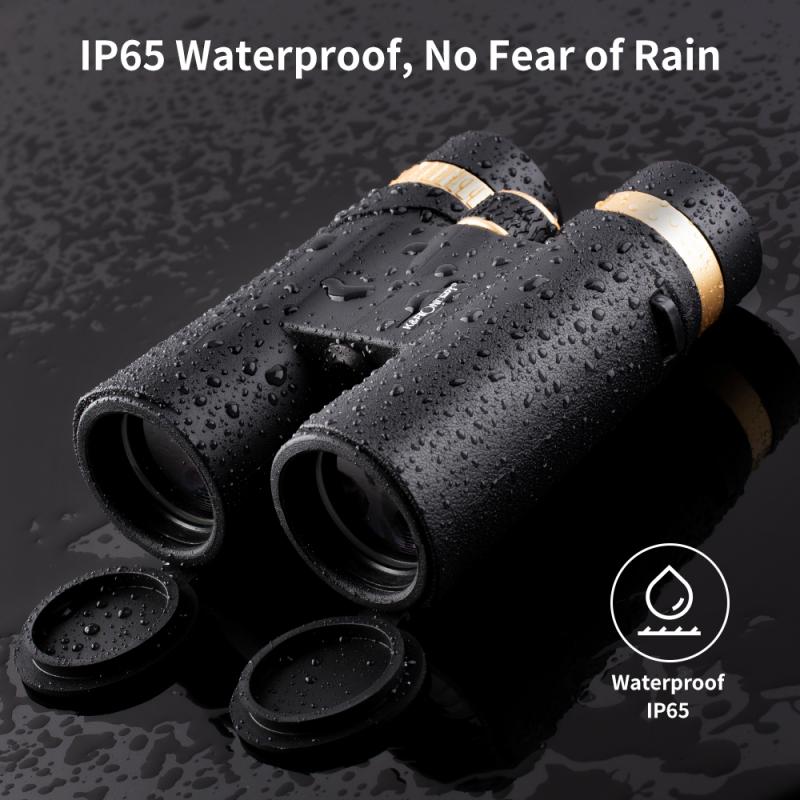
3、 Ideal Magnification for Different Activities with Binoculars
The ideal magnification for binoculars depends on the specific activity you plan to use them for. Different activities require different levels of magnification to achieve the best viewing experience. Here are some guidelines to help you choose the right magnification for your needs:
1. Birdwatching and Nature Observation: For these activities, a magnification of 8x to 10x is generally recommended. This range provides a good balance between magnification and field of view, allowing you to observe birds and wildlife with clarity while still maintaining a wide enough view to track movement.
2. Astronomy: When stargazing, higher magnification is often desired to observe celestial objects in more detail. Magnifications of 10x to 20x or even higher are commonly used for astronomical purposes. However, it's important to note that higher magnification can also result in a narrower field of view, making it more challenging to locate objects in the sky.
3. Sports and Events: If you plan to use binoculars for watching sports or events, a magnification of 7x to 10x is generally recommended. This range allows you to follow the action on the field or stage without sacrificing too much field of view.
4. Travel and General Use: For general use and travel purposes, a magnification of 8x is often considered ideal. This magnification strikes a good balance between portability, ease of use, and image stability.
It's worth noting that the latest point of view in the field of binoculars suggests that image stabilization technology has improved significantly in recent years. This technology compensates for hand movements, allowing for more stable viewing even at higher magnifications. As a result, some individuals may prefer higher magnifications for certain activities, such as birdwatching or astronomy, if they have access to binoculars with image stabilization capabilities.
In conclusion, the ideal magnification for binoculars depends on the specific activity you plan to engage in. Consider the guidelines mentioned above and take into account any advancements in image stabilization technology to make an informed decision.
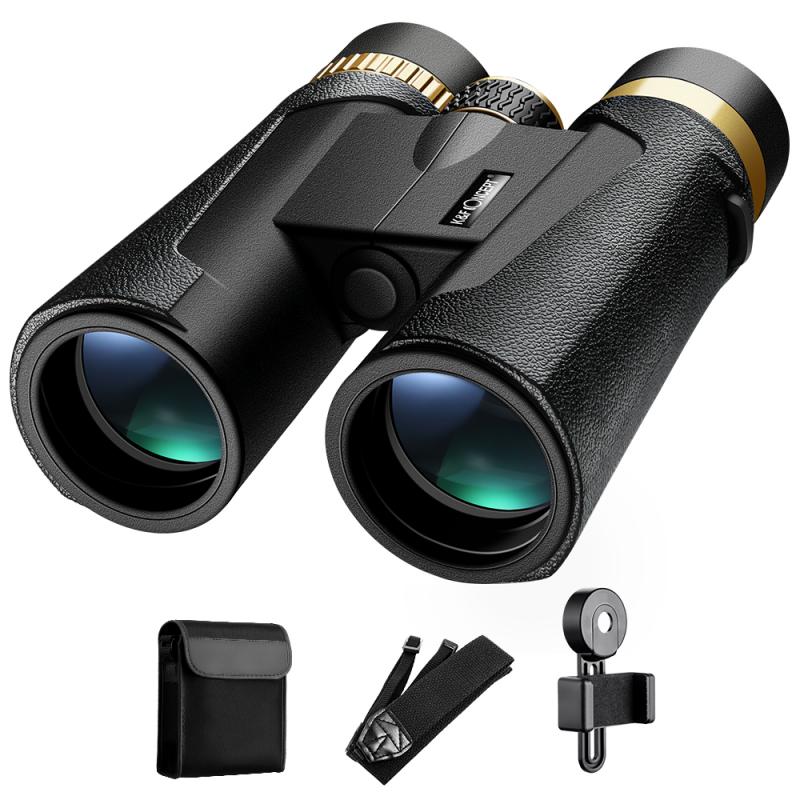
4、 Balancing Magnification and Field of View in Binoculars
The best magnification for binoculars depends on the intended use and personal preferences of the user. Balancing magnification and field of view is crucial in choosing the right binoculars.
Higher magnification, such as 10x or 12x, allows for a closer view of distant objects. This is ideal for activities like birdwatching or stargazing, where details are important. However, higher magnification also narrows the field of view, making it more difficult to locate and track moving objects. It can also amplify hand movements, resulting in a shaky image.
On the other hand, lower magnification, like 7x or 8x, provides a wider field of view, making it easier to locate and follow objects. This is beneficial for activities like sports events or nature observation, where tracking moving subjects is essential. Lower magnification also tends to offer a more stable image due to less magnification power.
The latest point of view suggests that a moderate magnification of around 8x is often considered the best compromise for general use. It provides a good balance between magnification and field of view, allowing for a clear view of objects while still maintaining a wide enough field to track moving subjects. This magnification is suitable for a range of activities, from wildlife observation to concerts.
Ultimately, the best magnification for binoculars depends on individual preferences and specific use cases. It is recommended to try out different magnifications and consider factors such as intended use, comfort, and stability before making a decision.
